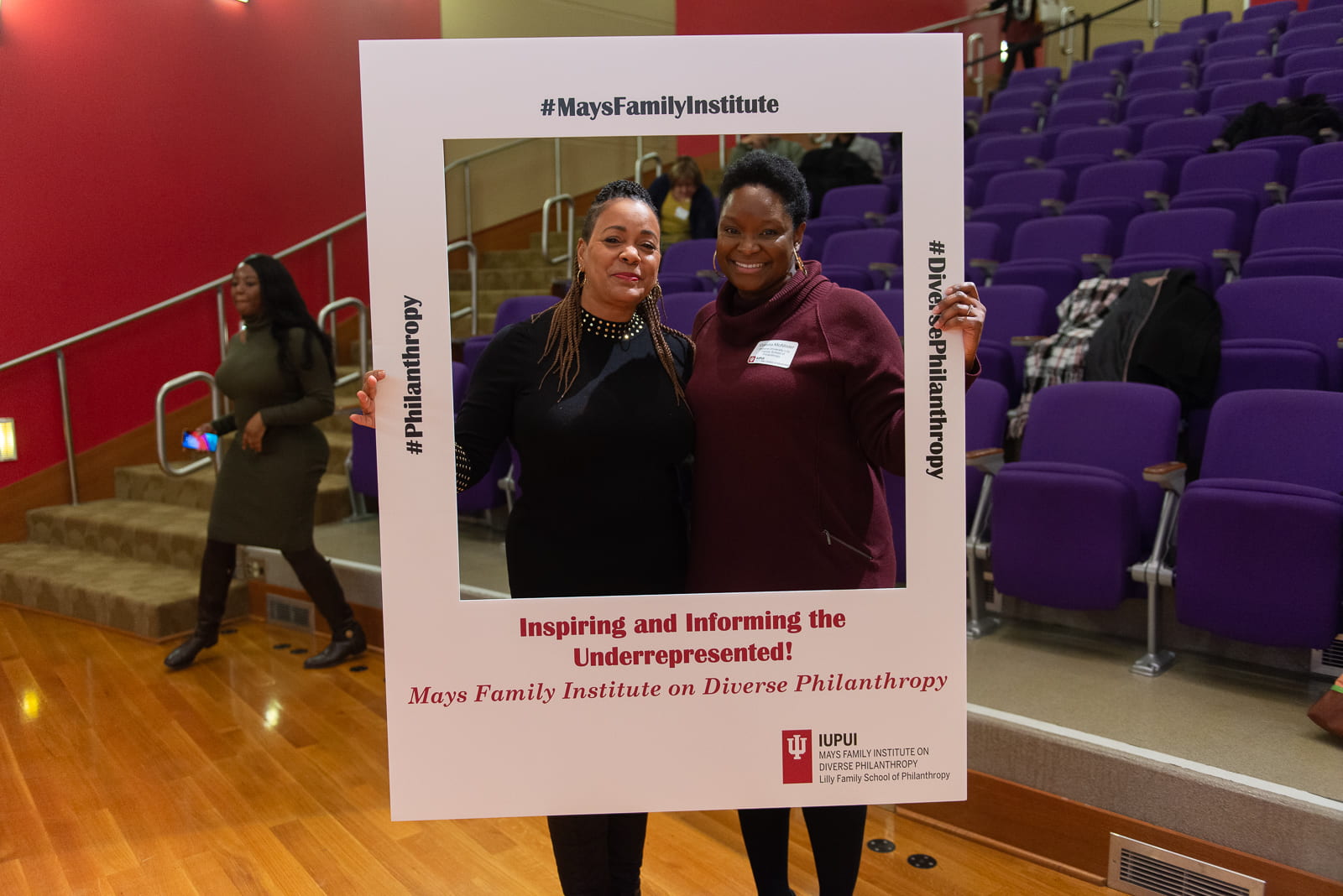An institute at the Indiana University , the Mays Institute on Diverse Philanthropy honors the life and philanthropic impact of Indianapolis businessman , along with his wife, Dr. Rose Mays. Funded by family and friends, the Mays Institute fulfills the school’s commitment to strengthening issues of diversity, equity, and inclusion within the philanthropic sector. In 2018, the Black Philanthropy Circle at Indiana University provided a $150,000 seed gift to the Mays Family Institute on Diverse Philanthropy, highlighting the partnership of diverse philanthropic giving at Indiana University.

The Mays Institute fosters a greater understanding of how underrepresented people are both inspired and informed to become donors by providing knowledge, education, and training. The institute also seeks to understand the perceptions, practices, experiences, and needs of the individuals and institutions that operationalize philanthropy in underrepresented communities. It develops programming and services to engage philanthropic practitioners, scholars, and the public at large in conversations and activities to advance this field.
The work of the Mays Institute recognizes that issues of diversity, equity, and inclusion require urgent attention within the philanthropic and nonprofit sectors. It addresses the history of exclusion and demographic changes within the United States and aims to serve as a convener to provide a diverse knowledge community focused on the role of diversity, equity, and inclusion (DEI) in the philanthropic sector.
The Mays Institute has three broad areas of focus. It expands an understanding of donors of color and other underrepresented donors. It builds and develops the talent pipeline among diverse communities within the nonprofit sector. Finally, it shares knowledge and opportunities with organizations from multiple sectors that want to deepen their engagement with DEI issues within the nonprofit and philanthropic sectors. It supports these areas through three strategic priorities: the production and dissemination of research; education and training opportunities; and bringing various stakeholders together through public engagement activities.

Help improve this entry
Contribute information, offer corrections, suggest images.
You can also recommend new entries related to this topic.